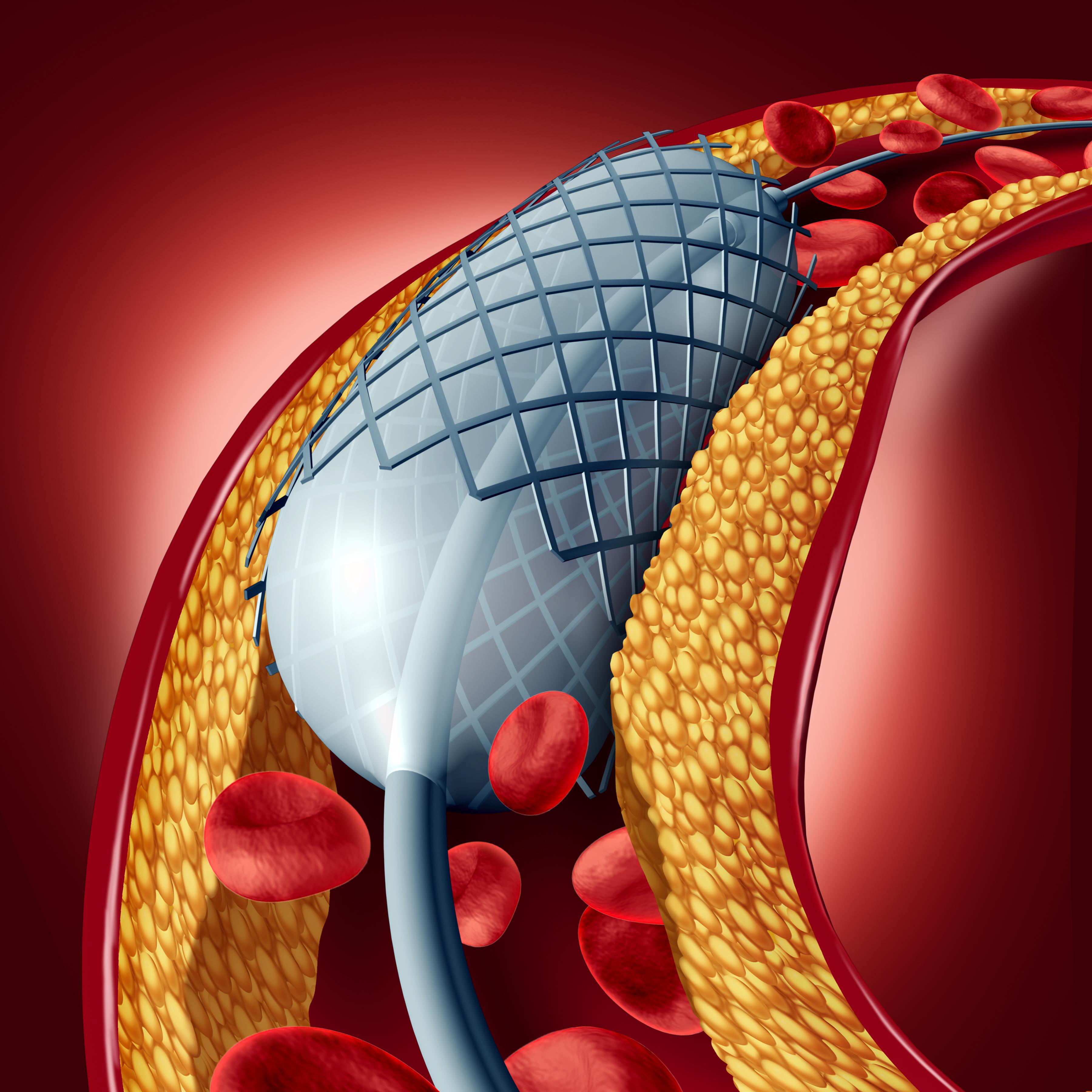A study led by Dr. Michinari Hieda published in Circulation showed that left ventricular myocardial stiffness is greater in patients with left ventricular hypertrophy and elevated cardiac biomarkers as compared to healthy controls. This may represent the transitional state from a normal healthy heart to heart failure with preserved ejection fraction (HFpEF).
A subset of the 6.5 million patients with heart failure in the United States has heart failure with preserved ejection fraction (HFpEF). This condition is associated with diastolic dysfunction including impaired relaxation, increased chamber stiffness as well as compromised ventricular aging. As of today, there are no strategies for treating HFpEF. The aim of this study was to identify the subgroup of individuals who are at high risk of developing HFpEF and to examine their myocardial substrate to determine if there was any evidence of myocardial abnormalities that can be amenable to treatment.
Middle-aged patients with left ventricular hypertrophy (LVH) were recruited from the Dallas Heart Study. Of the 3,597 potential subjects, 814 individuals had an ejection fraction of 50% or greater and left ventricular hypertrophy. Of those individuals, 83 were tested for elevated biomarkers (high sensitivity troponin of 0.6 pg/ml or greater or NT-pro BNP of 40pg/ml or greater. Participants were excluded if they had signs or symptoms of heart failure, ischemic heart disease, prior myocardial infarction or stroke, greater than moderate valvular heart disease or were unable to exercise. Ultimately, 46 patients with LVH and elevated biomarkers were included in the study. Additionally, 61 controls (age and sex-matched) were included for comparison. The subjects underwent cardiopulmonary exercise testing, right heart catheterization, and 3D-echocardiography.
The 46 patients with LVH and 61 controls had similar age and sex distributions. However, the patients with LVH had a larger body habitus (higher BMI and lean mass). Additionally, both the systolic and diastolic blood pressures were higher in the LVH group (p <0.0001). However, there was no difference in heart rate. Finally, LV myocardial stiffness was nearly 30% greater in the LVH group compared to controls (LV transmural stiffness, LVH vs. control group: 0.053, vs. controls: 0.042, P=0.028).
The study demonstrated that patients with LVH and positive cardiac biomarkers have a greater degree of LV myocardial stiffness. This increase in myocardial stiffness may be a predisposing factor for developing HFpEF in the future. The authors suggest that these patients should be considered as Stage B HFpEF (Structural abnormalities without symptoms) and that this may be a transitional state between a healthy heart and that of a patient with symptomatic heart failure. However, whether this can be treated is unknown and warrants future studies.



